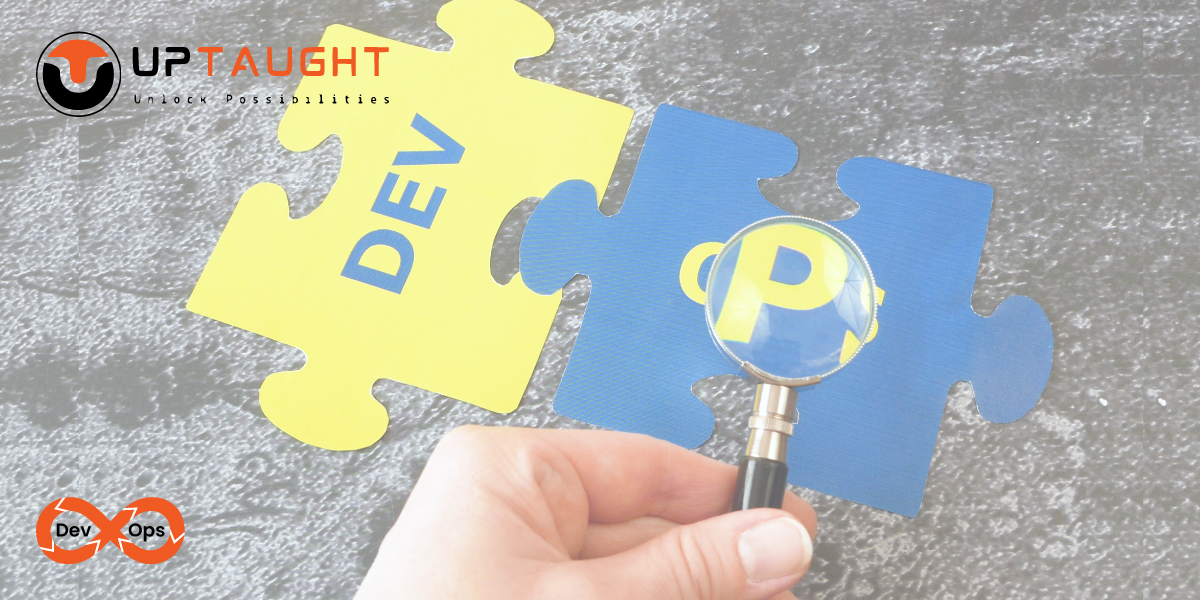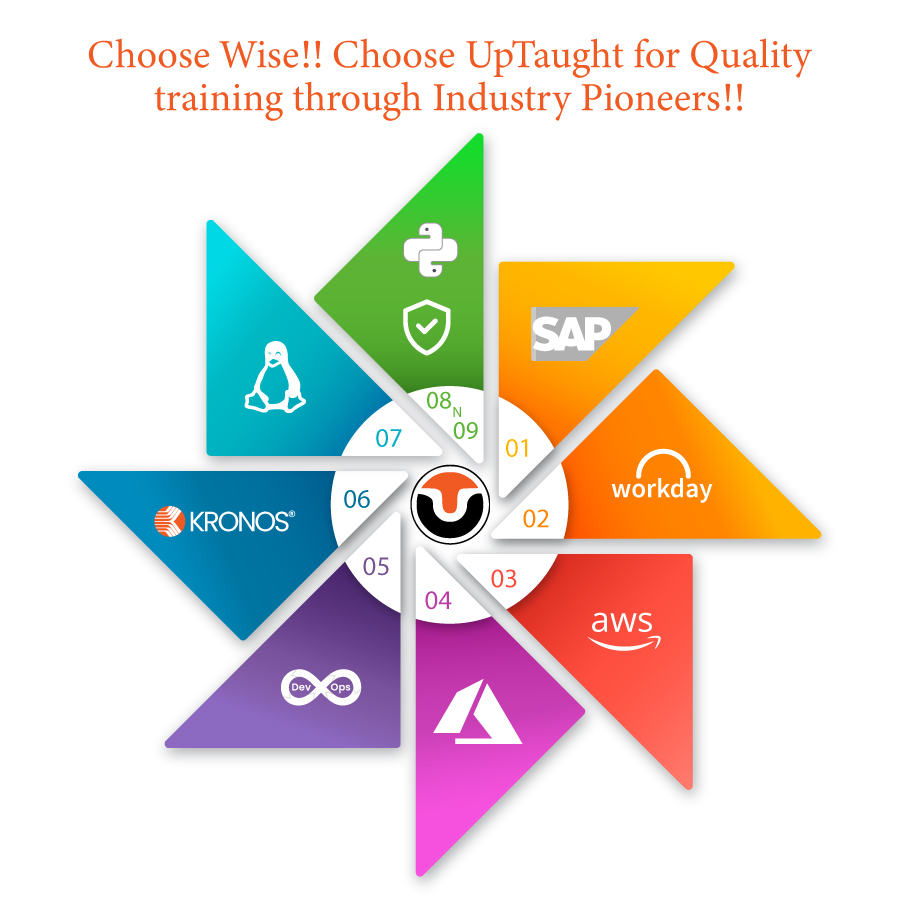DevOps is one of many methods used by IT professionals to execute projects that meet business needs. DevOps can coexist with agile software development, IT service management frameworks like ITIL, project management principles like Lean and Six Sigma, and other approaches.
DevOps enables formerly siloed disciplines like development, IT operations, quality engineering, and security to collaborate and produce better, more dependable products. By embracing a DevOps culture and applying DevOps ideas and tools, teams may better respond to customer requests, enhance confidence in the apps they create, and achieve business goals faster.
Table of Contents
How Does It Work?
In a DevOps architecture, development and operations teams are no longer “separated.” These two teams are occasionally united into a single team that develops a diverse range of talents that aren’t limited to a certain position across the whole application lifecycle, from development and testing to installation and maintenance.
In some DevOps models, quality assurance and security teams may become more directly associated with development and operations, as well as throughout the application lifecycle. DevSecOps is the term used when everyone on a DevOps team is focused on security.
These organizations use best practices to automate formerly laborious and slow procedures.
Want to learn DevOps? Click here
The benefits of DevOps
- Getting to market faster
- Adapting to market conditions and competition
- Keeping the system stable and reliable
- Increasing the recovery time average
Getting to market faster
Improve customer service, adapt to changing markets, and become more effective at delivering corporate objectives by operating at a high rate. The DevOps model can help your developers and operations teams achieve these objectives. For example, microservices and continuous delivery allow teams to take ownership of services and deploy updates more quickly.
Increase the number of releases and the rate at which they are released so you can innovate and upgrade your product faster. You’ll be able to adjust to customer needs and gain a competitive advantage if you can launch new features and fix bugs quickly. Continuous integration and delivery are software release methodologies that automate the process from development to deployment.
Keeping the system stable and reliable
Improve the quality of application updates and infrastructure changes so you can deliver faster while maintaining a high level of client satisfaction. Use methodologies like continuous integration and continuous delivery to guarantee that each change is functional and safe. Monitoring and logging techniques allow you to keep track of performance in real-time.
Increasing the recovery time average
Manage and operate your infrastructure and development processes during the recovery period. The successful and risk-free management of complex or changing systems is aided by automation and consistency. Infrastructure as code, for example, makes it easier to maintain a repeatable and efficient development, testing, and production environment.
Click here to learn more
Final thoughts
That’s all for today. If you want to engage with this type of article please visit our website.
Thanks for learning!
Keep learning!





